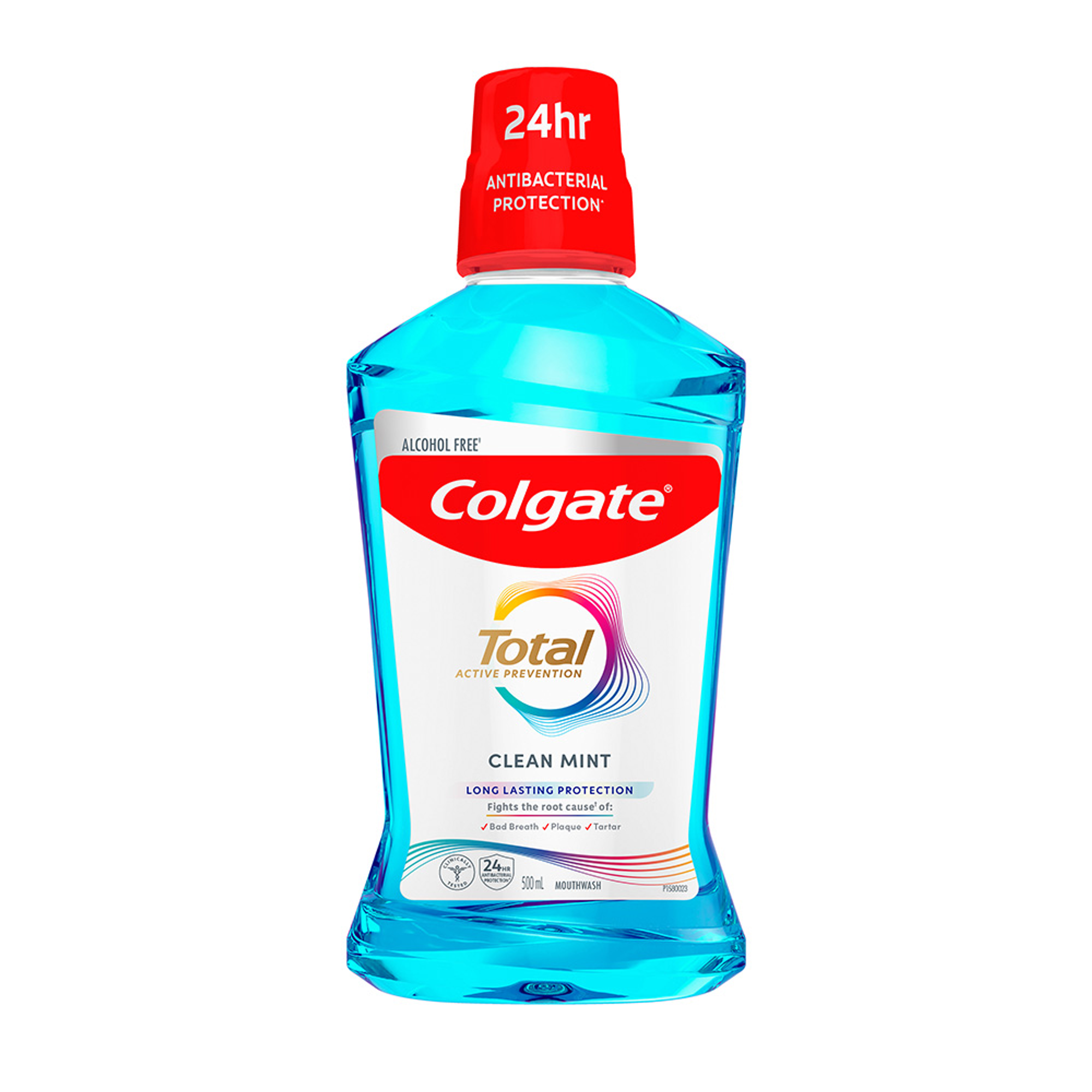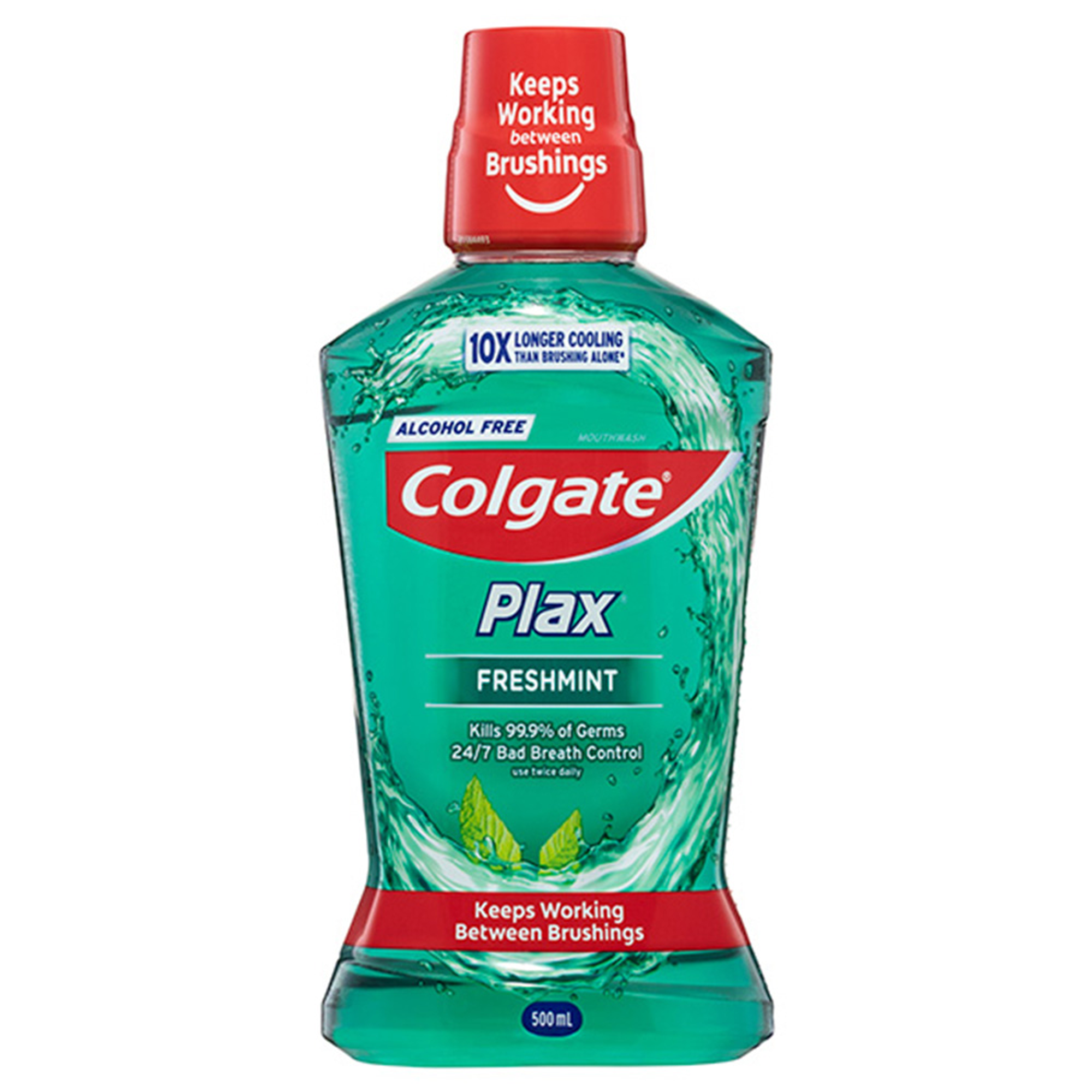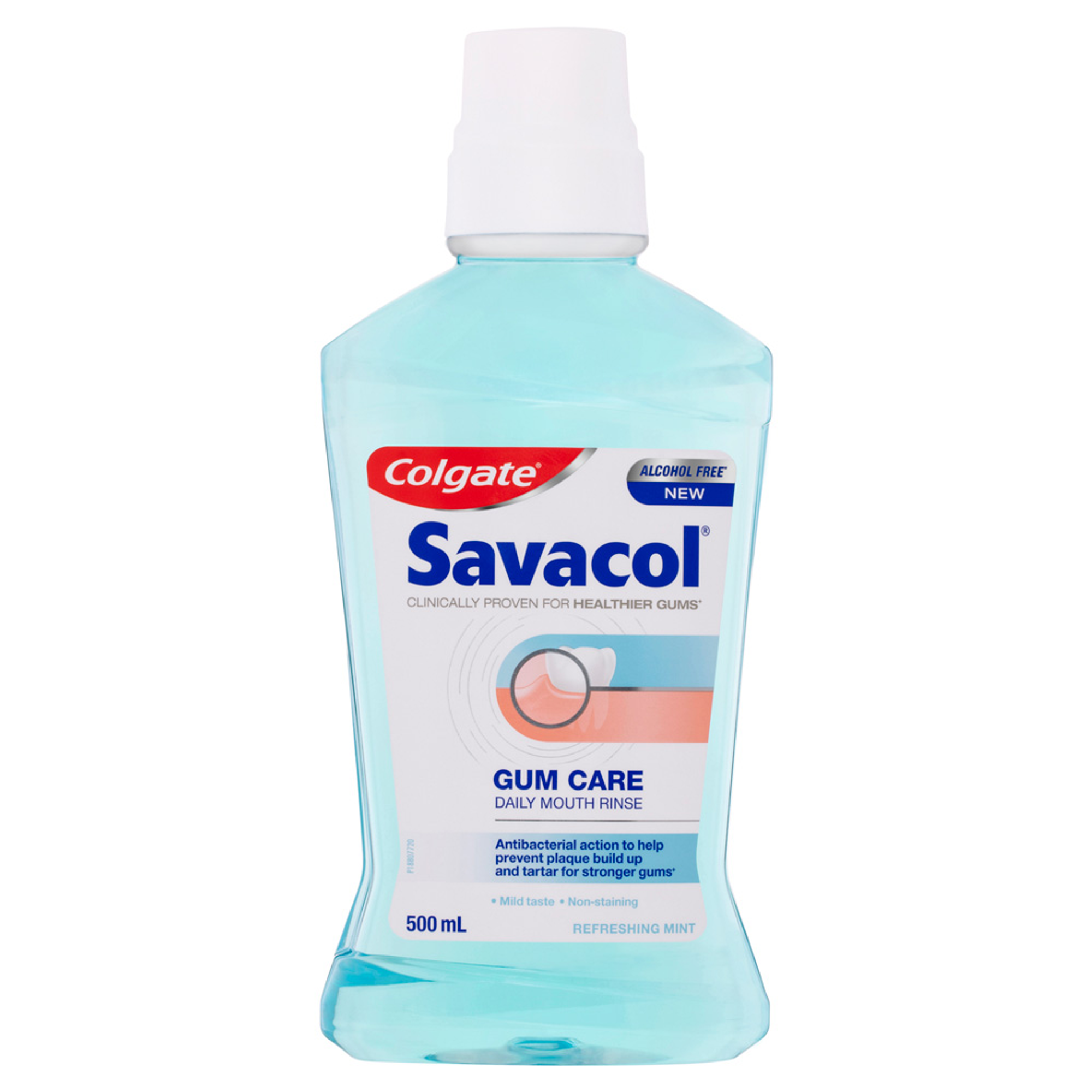
Have you ever been faced with a patient requesting a treatment that you felt was perhaps not the best course of action, outside your scope or comfort zone, but you felt external pressures to complete it? Working as a dental practitioner comes with the territory of making tough decisions – whether it is prescribing treatments or respecting your limits by knowing when to refer, or if you should decline providing a certain treatment.
Years ago, I had a patient get up from the dental chair and advise me it was their worst dental appointment ever before they walked out. What did I do, you ask? I had declined to provide a crown when the adjacent anterior tooth had been crowned only a month prior at a different dental practice. I welcomed the patient to return to the practice for their general dental care, but I explained why I felt it was best they return to the original practice for the crown, in particular, because we did not offer the same single-visit crowns. Of course, situations like this can lead to feeling discouraged but when patients do not appear to accept your recommendation, you may need to consider why this is. Sometimes it can be due to lack of understanding, or, as in this situation, the concern was more related to cost, which is a very emotive subject.
Clinical decision making is not always easy. It is not uncommon to have a patient attend seeking a second opinion and often your suggested treatment may differ from the treatment list they arrive with but as we all know dentistry is subjective to many considerations, including patient preferences. When presented with the same patient as your colleague, your treatment plan options may differ, but that is not to say that one is right compared to the other. There could even be some variation in the options you suggest to the patient on separate days. What is important when prescribing treatments is that you can back up your recommendations. Clinical decisions should be rationalised by considering the evidence base, accepted best-practice as well as your clinical experience and abilities together with the patient’s values and expectations.
A few tips when making decisions:
- Be ethical; research from the United States has shown that 20-25% of patients receive treatments that are either unnecessary or potentially harmful. (1)
- Practice good communication and patient-centred care which is respectful of patients’ preferences and values when it comes to their oral health. Understanding patient preferences can help to improve clinical outcomes.
- Practice in alignment with clinical guidelines; they aim to improve quality of care and reduce practice variation. (1)
- Keep detailed records to support your treatment decisions, particularly when your treatment choice may differ from traditionally accepted best-practice or recommendations included in clinical guidelines.
Clark R, Tonmukayakyl U, Mangan Y, et al. Measuring adherence to evidence-based clinical practice guidelines. J Evid Based Dent Pract. 2017:17(4); 301-309.
Dr Mikaela Chinotti, BDS, MPH, has been practising as a general dentist for 7 years since graduating as part of the inaugural dentistry cohort from James Cook University (JCU). Mikaela later returned to her alma mater completing a Masters in Public Health majoring in health promotion. She currently practices part time at a private dental clinic in Cronulla, NSW, as well as working at the Australian Dental Association (ADA) as the Oral Health Promoter. Her passions lie in minimal intervention dentistry, health promotion and health education as well as the provision of ethical and equal oral health care for all Australians. Mikaela is an inaugural member of Colgate’s Advocates for Oral Health: Editorial Community; becoming a member due to her strong interest in mentorship, education and promoting good oral health.
Join us
Get resources, products and helpful information to give your patients a healthier future.
Join us
Get resources, products and helpful information to give your patients a healthier future.











